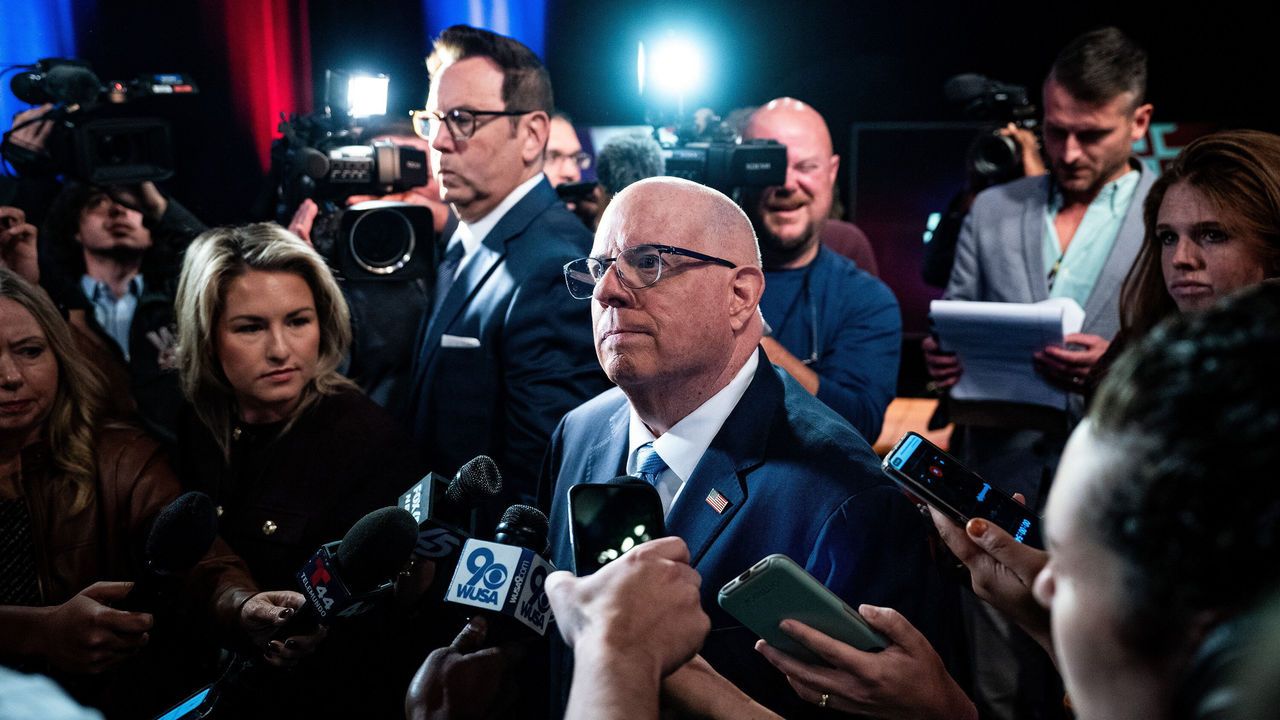Both candidates pledge to fortify America. How big will they go?
Hawks in Congress want to raise America’s defence budget dramatically, but the next president will decide

Presidential elections don’t often turn on debates about defence spending, in part because funding the armed forces is one of the few bipartisan traditions left in American politics. Donald Trump and Kamala Harris have both issued vague commitments to strengthen the army, yet neither has offered much detail. The terms of debate are already being set on Capitol Hill, however, and the next president could negotiate with Congress to reshape the Pentagon’s future.
Explore more
This article appeared in the United States section of the print edition under the headline “Arming up”
United States October 12th 2024
- What America’s presidential election means for world trade
- The US tax code will change next year; the presidential election will determine how
- Donald Trump is preparing an assault on America’s immigration system
- On energy and climate, Trump and Harris are different by degrees
- Both candidates pledge to fortify America. How big will they go?
- America’s presidential election marks a fork in the road for Ukraine
- Will the next president follow Israel into war with Iran?
- The next American president will be a China hawk
Discover more

Why Larry Hogan’s long-odds bid for a Senate seat matters
He offers conservatives a pragmatic path beyond Trumpism

Polarisation by education is remaking American politics
The battle for Pennsylvania is a test case for new coalitions of Democrats and Republicans

Checks and Balance newsletter: Partisan positions have changed drastically over the past 50 years
Kamala Harris and Donald Trump converge as much as they differ
Hurricane Milton inundates Florida
Three factors laid the ground for its destructiveness
Shirley Chisholm is still winning
The first black woman to run for president taught a lesson in making political change
US election forecast: who will control the House of Representatives?
Our prediction model assesses each party’s chance of winning the chamber
